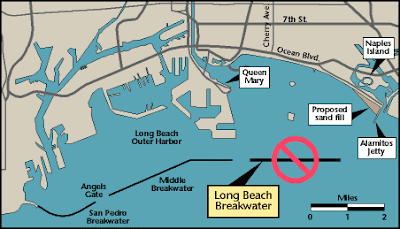
This morning Dr. Linwood Pendleton provided a federal congressional briefing on the coastal economy and the importance of investing in the Coastal Zone Management Act, which provides the management framework for balancing conservation and development in our coastal communities. Here are a few tidbits from Linwood's testimony:
If coastal counties in the US were their own country they would have the world's second largest economy.
The coastal economy is more complex than the rest of our economy because the natural foundations upon which it is based are fluid and constantly changing.
In 2008, the total funding for state coastal programs was only $65.5 million with a cap of $2 million for each of 34 states with coastal programs.
You can read Linwood's entire briefing here: The U.S. Economy Needs the Coastal Zone Management Act.
Keep in mind, the coastal economy contributes 5 times more to GDP than the financial sector.
Effective management of our coasts is essential to protect water quality, beach access, beaches, coral reefs and coastal communities - all elements that are essential to protecting and enjoying our favorite surf spots. As surfers, beach goers and coastal community members, we should all support federal investment in the Coastal Zone Management Act.
The briefing was sponsored by the Coastal States Organization.
Dr. Pendleton is the Senior Fellow and Director of Economic Research at The Ocean Foundation and directs the Coastal Ocean Values Center.
You can keep up with Coastal Values at: www.twitter.com/coastalvalues





